What treatment
10+ Highly Rated Stem Cell Treatment for Spinal Cord Injury Clinics in China
Reach Out to These Certified Stem Cell Treatment for Spinal Cord Injury Clinics List in China Loved by Patients!
Hebei Yanda International Hospital
Overview
Hebei Yanda International Hospital in Beijing, China, addresses your healthcare needs with expert oncology, cardiology, and neurology treatments.
Read more detailsBeijing Puhua International Hospital
Overview
Beijing Puhua International Hospital (BPIH), located in the heart of Beijing's cultural center, has been delivering international-standard healthcare since 1995. Learn about the stem-cell and cancer hospital here.
Read more detailsHELENE - Stem Cell Clinic
Overview
Japan Regenerative Medicine Leading Brand With over a decade of experience and more than 16,000 treated patients. Providing cutting-edge stem cell therapies tailored to various health concerns.
Read more details
Vega Stem Cell Clinic in Bangkok Thailand
Overview
Vega Clinic in Bangkok, Thailand, helps people feel better with special treatments. They use new ways to heal and make sure each person gets care made just for them.
Read more details
Discover your treatment options with a free, no-obligation quote!
Get your quote now!GIOSTAR Hospital Bengaluru
Overview
Discover GIOSTAR Hospital in Bengaluru, India—your go-to center for advanced stem cell therapies and cutting-edge procedures for orthopaedics. Explore treatments for diabetes, stroke, SCI, and more.
Read more details
Beike Biotech
Overview
Beike Biotechnology offers the best stem cell therapy in Thailand, combining top-quality regenerative treatment with cutting-edge technology for optimal patient care.
Read more details
Cell Grand Clinic – Japan’s Best Stem Cell Clinic
Overview
Explore Cell Grand Clinic, the best stem cell clinic in Japan specializing in top regenerative therapies for anti-aging, chronic conditions, and wellness.
Read more details
Dr. Ebenezer Abel Paul - Stem Cells in Malaysia
Overview
Explore Stem Cells in Malaysia with Dr. Ebenezer Abel Paul, offering cutting-edge regenerative therapies and advanced stem cell treatments.
Read more details
Discover your treatment options with a free, no-obligation quote!
Get your quote now!Dr. Pravin Patel's Innovative Hospital & Research Center
Overview
Dr. Pravin Patel's Innovative Hospital provides best stem cell treatment in Gujarat, India. Also offers Ozone therapy, Quantum therapy , EBOO therapy, Frequency & Laser Therapy at affordable cost.
Read more details
FirstCell Malaysia
Overview
FirstCell specialize on cell-based medicine and treatments especially via MSC and NKC to enhance wellness and for targeted treatment modules. We are committed in delivering excellent treatment.
Read more details
Live Stem Cell Asia - Premier Stem Cell Clinic in Malaysia
Overview
Discover advanced stem cell Malaysia treatments at Live Stem Cell Asia, Petaling Jaya. Experience personalized care and innovative regenerative solutions.
Read more details
StemRx Hospital and Research Centre
Overview
At StemRx Hospital & Research Centre, We specialize in advanced Regenerative Medicine & Stem Cell therapy for Autism, Cerebral Palsy, Orthopedics, Migraine, AVN & IVF providing personalized care.
Read more details
Klinik Setia Gemilang
Overview
Klinik Setia Gemilang: Leading in stem cell therapy, orthopedic treatments, and anti -ageing solutions Malaysia . It is part of Setia Gemilang Medicare which houses a clinic and dentist
Read more detailsBoston Health Longevity - Anti Aging Stem Cell Therapy in Thailand
Overview
Experience advanced Anti Aging Stem Cell Therapy in Thailand at Boston Health Longevity. Improve cellular health, vitality, and longevity with expert care.
Read more detailsChaum Medical Center
Overview
Premium healthcare at Chaum Medical Center, Seoul. Personalized anti-aging, stem cell therapy, and advanced medical services for a youthful life.
Read more detailsChirohealth Bangkok
Overview
Chirohealth specializes in anti-aging and knee stem cell therapy in Bangkok Thailand. Offering high-quality care in Orthopedic, Physiotherapy, and Regenerative Medicine treatment for various diseases.
Read more detailsMedeze Vietnam
Overview
Discover advanced regenerative treatments at Medeze Vietnam, a leading Stem Cell Clinic in Ho Chi Minh, Vietnam. Personalized care for a healthier future.
Read more detailsMousai Wellness Center - Stem Cell Bangkok Thailand
Overview
Discover advanced Stem Cell treatments in Bangkok, Thailand at Mousai Wellness Center. Safe, innovative, and personalized care for lasting wellness.
Read more detailsNulook Anti-Aging & Regenerative Center
Overview
Nulook Anti-Aging & Regenerative Center in Bali, Indonesia offers Botox, Ultherapy, Dermal Fillers, Thermage, PRP, Pico Laser and more.
Read more detailsStay Well Clinic & Physio
Overview
Discover advanced Stem Cell and NK Cell therapies at Stay Well Clinic & Physio in Phuket, Thailand. Experience cutting-edge treatments for optimal health.
Read more detailsWhich are the best clinics for Stem Cell Treatment for Spinal Cord Injury in China?
When seeking top clinics for Stem Cell Treatment for Spinal Cord Injury (SCI) in China, patients often consider centers like Hebei Yanda International Hospital and Beijing Puhua International Hospital. These facilities are recognized for their advanced regenerative medicine programs, specialized neurologists, modern technology, and comprehensive patient care protocols. Focusing on accredited institutions with robust clinical experience is key for optimal treatment outcomes and safety for SCI patients.
For individuals exploring Stem Cell Treatment for Spinal Cord Injury in China, a few prominent clinics stand out due to their established programs and focus on advanced regenerative therapies.
- Hebei Yanda International Hospital (Beijing, China): This hospital is known for its multispecialty approach, including advanced neurology treatments that incorporate stem cell therapy. They focus on delivering international-standard care and utilizing innovative techniques to address complex neurological conditions like SCI.
- Beijing Puhua International Hospital (Beijing, China): With a long-standing reputation since 1995, Beijing Puhua International Hospital is a well-regarded institution offering stem cell treatments for various neurological disorders, including spinal cord injuries. They emphasize personalized care and comprehensive treatment plans.
- Beijing Bioocus Medical Group (Beijing, China): While not explicitly listed as a primary SCI center on the provided page, their presence in related regenerative medicine packages suggests a capability in advanced biotechnological therapies relevant to neurological conditions.
These clinics are often chosen for their commitment to combining clinical expertise with cutting-edge research in regenerative medicine, aiming to offer improved quality of life for SCI patients. Always ensure to verify the latest accreditations and patient testimonials for the most current information.
What are the qualifications of specialists in Stem Cell Treatment for SCI clinics in China?
Specialists in Chinese stem cell clinics for Spinal Cord Injury (SCI) typically hold advanced medical degrees, often with sub-specialties in neurology, neurosurgery, or regenerative medicine. Many have international training or affiliations, ensuring a blend of global best practices and local expertise. Their qualifications emphasize extensive experience in cellular therapies, neurorehabilitation, and clinical research specifically focused on spinal cord regeneration.
Clinics in China specializing in Stem Cell Treatment for Spinal Cord Injury prioritize highly qualified medical teams. These teams generally consist of:
- Neurosurgeons and Neurologists: Professionals with extensive training and certifications in their respective fields, often with additional fellowship training in spinal cord injury management and regenerative therapies. They are adept at diagnosing the extent of injury and overseeing the neurological aspects of treatment.
- Stem Cell Biologists and Researchers: Experts in cellular biology and regenerative medicine, who ensure the proper selection, processing, and application of stem cells according to established scientific protocols.
- Rehabilitation Specialists: Physical therapists, occupational therapists, and physiatrists who work in conjunction with the medical team to design personalized rehabilitation programs crucial for recovery after stem cell intervention.
Many specialists have published research in peer-reviewed journals and participate in international conferences, demonstrating their commitment to staying at the forefront of SCI regenerative treatments.
How do Chinese clinics ensure safety protocols for Stem Cell Treatment for Spinal Cord Injury?
Chinese clinics providing Stem Cell Treatment for Spinal Cord Injury (SCI) adhere to stringent safety protocols, often aligned with international guidelines, to protect patients. This includes rigorous donor screening, sterile cell processing in certified labs, and meticulous patient monitoring throughout the treatment process. They implement strict quality control measures for stem cell procurement and administration, minimizing risks such as infection or adverse reactions, and prioritizing patient well-being at every step.
Safety is a paramount concern for clinics offering advanced therapies like Stem Cell Treatment for Spinal Cord Injury in China. Key measures typically include:
- Strict Donor Screening: All stem cell donors undergo comprehensive health screenings, including tests for infectious diseases and genetic disorders, to ensure the safety and viability of the cells.
- Accredited Laboratories: Stem cell processing, culturing, and storage are performed in state-of-the-art laboratories that meet international standards for sterility and quality control, such as Good Manufacturing Practice (GMP).
- Standardized Protocols: Clinics follow established, research-backed protocols for cell administration, including precise dosage and delivery methods, overseen by experienced medical professionals.
- Continuous Patient Monitoring: Patients receive constant medical supervision before, during, and after stem cell transplantation to detect and manage any potential side effects or complications immediately.
- Ethical Review Boards: Some clinics operate under the oversight of independent ethical review boards that ensure all treatments comply with ethical guidelines and patient rights.
These layers of safety protocols are designed to minimize risks and ensure the highest possible standard of care for patients undergoing SCI regenerative therapies.
What types of stem cells are used for SCI treatment in clinics in China?
Clinics in China specializing in Spinal Cord Injury (SCI) treatment primarily utilize mesenchymal stem cells (MSCs) and neural stem cells. MSCs, often derived from umbilical cord blood or adipose tissue, are favored for their anti-inflammatory properties and ability to promote tissue repair. Neural stem cells aim to replace damaged nerve cells directly. The choice of stem cell type depends on the patient's specific condition, injury severity, and the clinic's therapeutic approach.
For Spinal Cord Injury (SCI) treatment, Chinese clinics employ various types of stem cells, each with distinct advantages:
- Mesenchymal Stem Cells (MSCs): These are highly versatile cells commonly derived from umbilical cord blood, adipose (fat) tissue, or bone marrow. MSCs are valued for their immunomodulatory and anti-inflammatory properties, their ability to secrete growth factors that support cell survival, and their capacity to differentiate into various cell types, aiding in nerve and tissue regeneration.
- Neural Stem Cells (NSCs): Obtained from neural tissue, these cells have the potential to differentiate into neurons, oligodendrocytes, and astrocytes—the primary cell types of the central nervous system. NSCs are specifically targeted for repairing damaged neural pathways and restoring neurological function.
- Olfactory Ensheathing Cells (OECs): While technically not stem cells, OECs are often used in conjunction with stem cell therapies. They are unique glial cells that facilitate axon growth and are believed to help create a permissive environment for nerve regeneration after injury.
The selection of stem cell type is a critical decision made by the medical team, tailored to each patient’s injury profile and overall health to maximize therapeutic potential.
What is the typical duration of Stem Cell Treatment for Spinal Cord Injury programs in China?
The typical duration for Stem Cell Treatment for Spinal Cord Injury (SCI) programs in Chinese clinics varies, often ranging from 2 to 6 weeks. This timeframe usually includes initial diagnostic assessments, the stem cell implantation procedures, and an intensive period of post-treatment rehabilitation and monitoring. The exact length is customized based on the patient's specific injury, treatment response, and the comprehensive care plan designed by the medical team to optimize recovery.
The length of a Stem Cell Treatment program for Spinal Cord Injury (SCI) in Chinese clinics is designed to be comprehensive, integrating multiple phases for optimal patient benefit.
- Initial Assessment and Preparation (1-3 days): This phase involves thorough diagnostic tests, imaging studies (MRI, CT scans), and neurological evaluations to precisely assess the spinal cord injury. Physicians also prepare the patient for the upcoming cellular therapy.
- Stem Cell Implantation (1-2 days): The actual procedure for administering the stem cells, which can involve intravenous infusions, intrathecal injections (into the spinal fluid), or direct surgical implantation into the injury site.
-
Post-Treatment Monitoring and Early Rehabilitation (2-5 weeks): Following the stem cell procedure, patients typically remain in the clinic for an extended period. This crucial phase involves:
- Close medical monitoring for any immediate reactions or complications.
- Initiation of specialized physical therapy and occupational therapy to maximize neurological recovery and functional gains.
- Nutritional support and other adjunctive therapies aimed at optimizing the regenerative environment.
Patients should expect to commit to the full duration recommended by their chosen clinic, as this integrated approach is vital for supporting the regenerative process and achieving the best possible outcomes.
Do clinics in China offer rehabilitation services post-Stem Cell Treatment for SCI?
Yes, most specialized clinics in China providing Stem Cell Treatment for Spinal Cord Injury (SCI) integrate comprehensive rehabilitation services into their treatment programs. These services are crucial for maximizing functional recovery and complementing the regenerative effects of stem cells. Rehabilitation typically begins shortly after the stem cell procedure, tailored to each patient’s unique needs, and often continues for several weeks or months within the clinic setting.
Absolutely. Rehabilitation is considered an integral part of the overall treatment strategy for Spinal Cord Injury (SCI) following stem cell therapy in Chinese clinics. The regenerative effects of stem cells are best realized when combined with intensive and targeted physical intervention.
- Personalized Rehabilitation Plans: Expert physical and occupational therapists design individualized plans focusing on strength building, mobility, coordination, and activities of daily living.
- Advanced Rehabilitation Equipment: Clinics often utilize modern rehabilitation technology, such as robotic-assisted gait training, electrostimulation, and hydrotherapy, to enhance recovery.
- Long-Term Support: While initial rehabilitation is conducted on-site, clinics provide detailed home exercise programs and guidance for continued therapy post-discharge. Some also offer virtual follow-ups.
- Holistic Approach: Beyond physical therapy, patients may receive psychological support, nutritional counseling, and other complementary therapies to address all aspects of their well-being.
This integrated approach ensures that patients receive not only innovative biological treatments but also the essential functional training needed to regain independence.
How do Chinese SCI stem cell clinics handle patient follow-up after treatment?
Chinese clinics specializing in Spinal Cord Injury (SCI) stem cell treatment implement structured follow-up plans to monitor patient progress after they return home. This typically involves regular contact through telemedicine, detailed questionnaires about functional improvements, and requests for updated medical reports or imaging from local healthcare providers. The aim is to track long-term outcomes, assess the treatment's sustained efficacy, and provide ongoing support for patients globally.
Effective post-treatment follow-up is a key component of comprehensive care at Chinese Stem Cell Treatment clinics for Spinal Cord Injury (SCI). Clinics understand that recovery is an ongoing process, especially for international patients. Their follow-up procedures generally include:
- Telemedicine Consultations: Regular scheduled video or phone consultations with the treating physicians and rehabilitation specialists to discuss progress, address concerns, and adjust ongoing rehabilitation plans.
- Progress Tracking: Patients are often provided with detailed forms or online portals to record their neurological function, motor skills, sensory changes, and overall quality of life. This data helps the medical team monitor long-term outcomes.
- Local Medical Coordination: Clinics often assist patients in coordinating with their local doctors or rehabilitation centers to ensure continuity of care and proper management of their recovery journey back home.
- Medical Records Review: Patients may be asked to send updated MRI scans, neurological reports, or other relevant medical documents from their home country for review by the Chinese medical team.
This diligent follow-up process helps clinics evaluate the long-term effectiveness of their treatments and provides continuous support for patients on their path to recovery.
What patient support services are available at stem cell clinics for SCI in China?
Stem cell clinics for Spinal Cord Injury (SCI) in China offer various patient support services to ensure a smooth and comfortable experience, particularly for international patients. These often include multilingual staff or interpreter services, assistance with visa and travel arrangements, accommodation coordination, and local transportation. Many clinics also provide personalized patient coordinators who guide individuals through every step of their medical journey, from initial inquiry to post-treatment follow-up.
Beyond medical procedures, Chinese clinics offering Stem Cell Treatment for Spinal Cord Injury prioritize comprehensive patient support, especially for those traveling internationally. These services aim to alleviate stress and ensure a comfortable, seamless treatment experience.
- Language Support: Many clinics employ multilingual staff fluent in English and other major languages, or they provide professional interpreter services for consultations, treatment discussions, and daily communication.
- Travel and Logistics Assistance: Dedicated patient coordinators often help with visa applications, flight bookings, and local transportation (e.g., airport transfers, transport to and from the clinic).
- Accommodation Arrangements: Clinics can assist in arranging suitable accommodations, whether it's on-site patient housing, nearby hotels, or apartments, to meet individual needs and budgets.
- Personalized Patient Coordinators: Patients are often assigned a dedicated coordinator who acts as a single point of contact, guiding them through the entire process, from initial inquiries to post-treatment care.
- Nutritional and Dietary Services: Specialized dietary plans are often provided, accommodating cultural preferences and specific medical requirements.
These support services create a nurturing environment, allowing patients to focus solely on their treatment and recovery.
Are there specific accreditations to look for in Stem Cell Treatment for SCI clinics in China?
When choosing a Stem Cell Treatment clinic for Spinal Cord Injury (SCI) in China, it's vital to look for specific accreditations that signify adherence to high medical standards. Key accreditations include local governmental health authority approvals and potentially international certifications like Joint Commission International (JCI). These demonstrate a commitment to patient safety, quality care, and ethical practices in regenerative medicine, ensuring the clinic meets rigorous benchmarks for advanced treatments.
Navigating the regulatory landscape for Stem Cell Treatment in China requires careful attention to clinic accreditations. While China has its own national regulatory bodies, international patients often look for additional certifications to ensure global standards of care.
- Local Health Authority Approvals: Ensure the clinic is officially licensed and recognized by the Chinese Ministry of Health or local provincial health commissions for providing advanced medical treatments, including stem cell therapies. This is the foundational requirement.
- Joint Commission International (JCI) Accreditation: While not exclusive to stem cell therapy, JCI accreditation is a globally recognized gold standard for healthcare quality and patient safety. A JCI-accredited facility signals adherence to stringent international protocols across all medical services.
- Clinical Trial Registrations: Reputable clinics often participate in or conduct clinical trials. Look for registration with national or international clinical trial databases (e.g., ClinicalTrials.gov) as this indicates a commitment to research, transparency, and data-driven approaches.
- Professional Body Memberships: Affiliation with professional organizations in regenerative medicine or neurology can also indicate a clinic's dedication to best practices and ongoing medical education.
These accreditations and affiliations help patients gauge a clinic's commitment to quality, safety, and ethical medical practices in the specialized field of SCI stem cell therapy.
What is the process for international patients seeking SCI stem cell treatment in China?
International patients seeking Spinal Cord Injury (SCI) stem cell treatment in China typically begin by submitting their medical records for an initial evaluation by the clinic. If approved, the next steps involve a virtual consultation with specialists, assistance with visa and travel arrangements, and personalized logistical support upon arrival. The clinic guides them through treatment, rehabilitation, and post-treatment follow-up, ensuring a streamlined and supported medical journey from their home country to China and back.
The process for international patients seeking Stem Cell Treatment for Spinal Cord Injury (SCI) in Chinese clinics is generally structured to be as seamless as possible, recognizing the complexities of medical travel.
-
Initial Inquiry and Medical Review:
- Patients or their families contact the clinic, often via email or a medical tourism facilitator.
- Submit comprehensive medical records, including diagnostic reports, imaging (MRI/CT scans), and treatment history, for a preliminary evaluation by the clinic's medical team.
-
Teleconsultation and Treatment Plan:
- If deemed a potential candidate, a virtual consultation is scheduled with the specialists to discuss the case, treatment options, expected outcomes, and address patient questions.
- A personalized treatment plan and estimated duration are provided.
-
Logistical Planning:
- The clinic's international patient services or a facilitator assist with visa applications, flight bookings, and arranging accommodation.
- Guidance on travel insurance and local cultural aspects is provided.
-
Arrival and On-site Assessment:
- Upon arrival in China, patients are usually met at the airport and transferred to the clinic or accommodation.
- Detailed on-site medical examinations and further diagnostics are conducted to finalize the treatment protocol.
-
Treatment and Rehabilitation:
- The stem cell procedure is performed, followed by a period of intensive inpatient rehabilitation.
- Regular progress assessments are conducted throughout this phase.
-
Discharge and Follow-up:
- Before discharge, patients receive comprehensive instructions for continued care and rehabilitation at home.
- Scheduled remote follow-up consultations and progress reporting are arranged to monitor long-term recovery.



















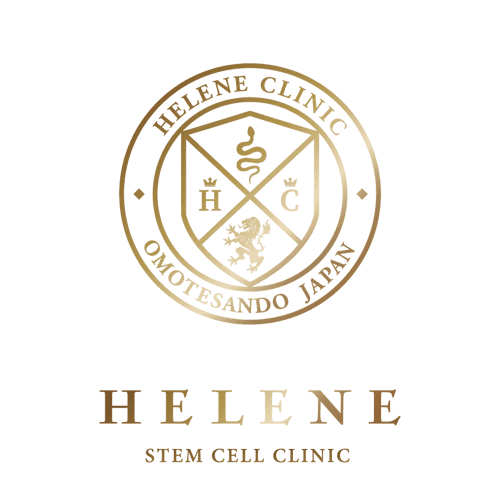

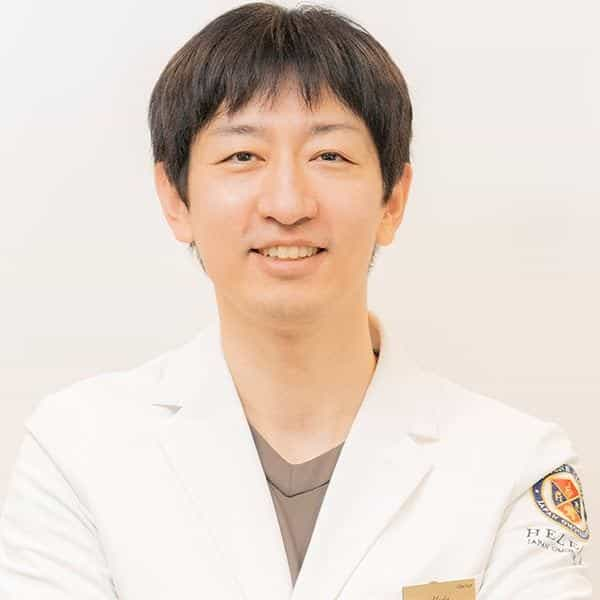
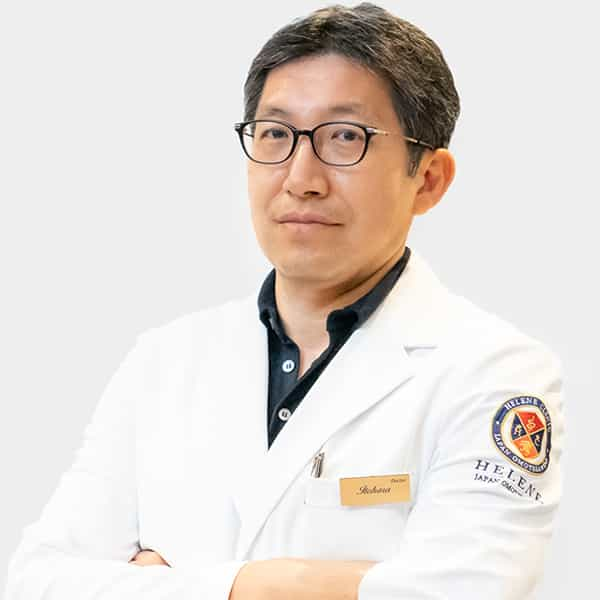
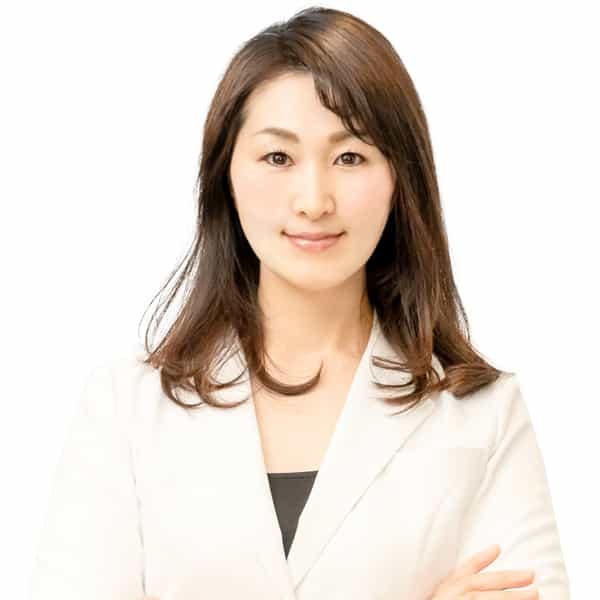
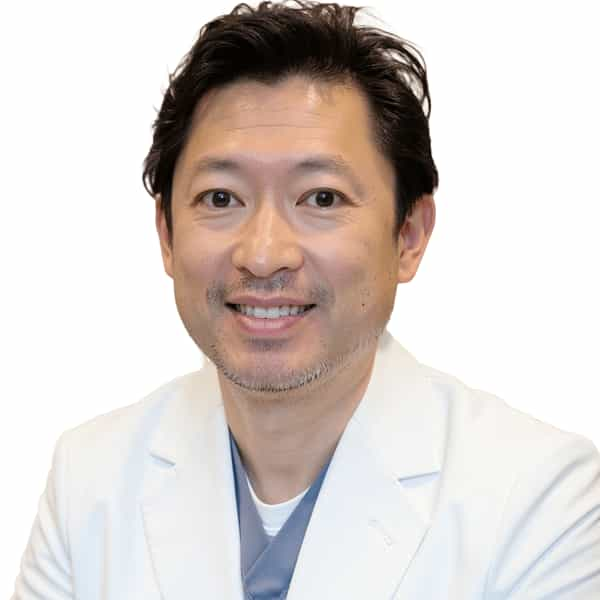
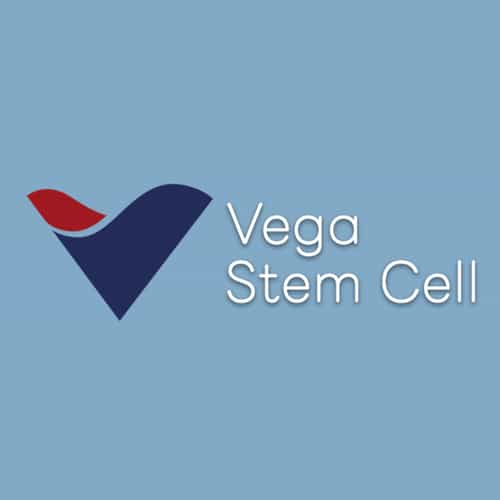
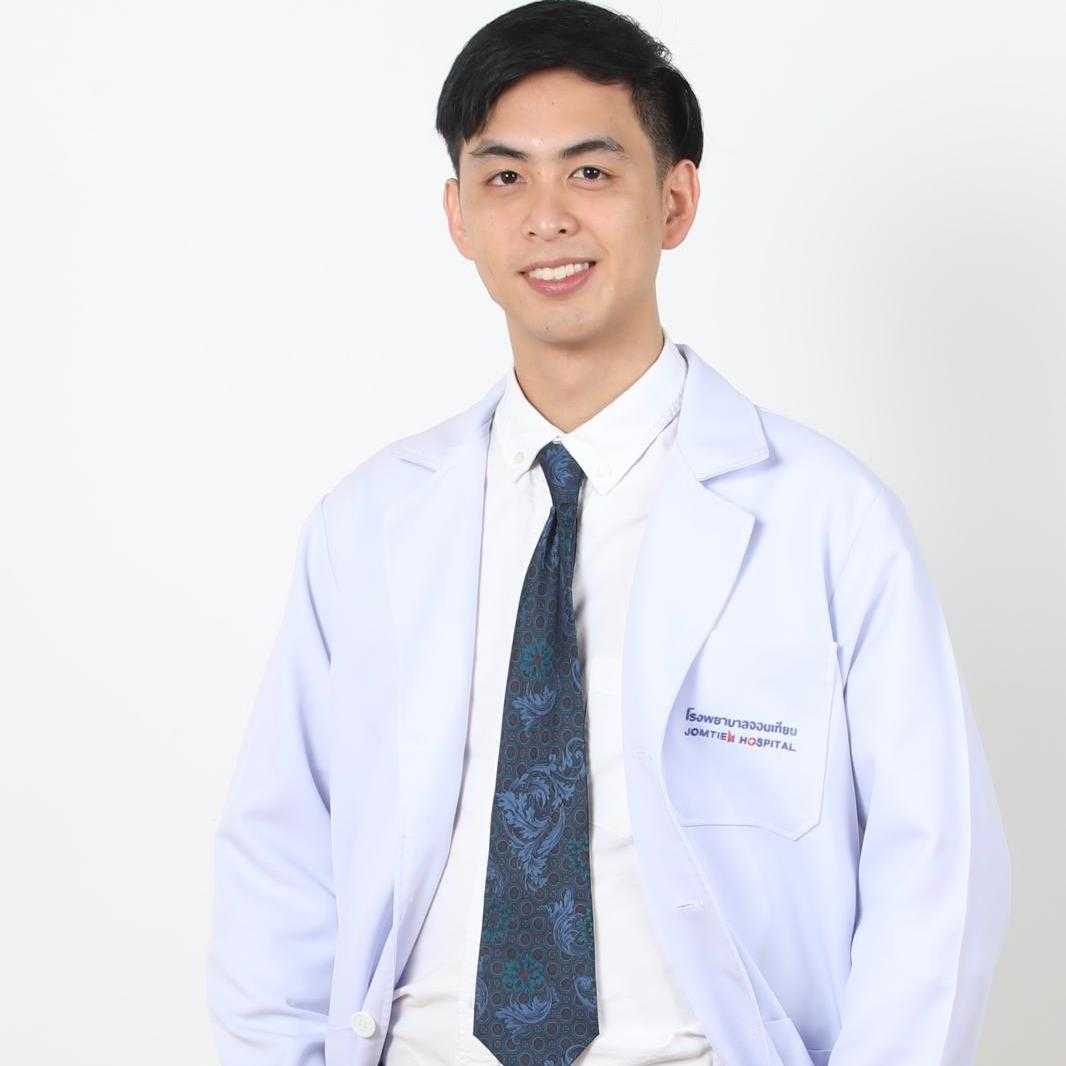
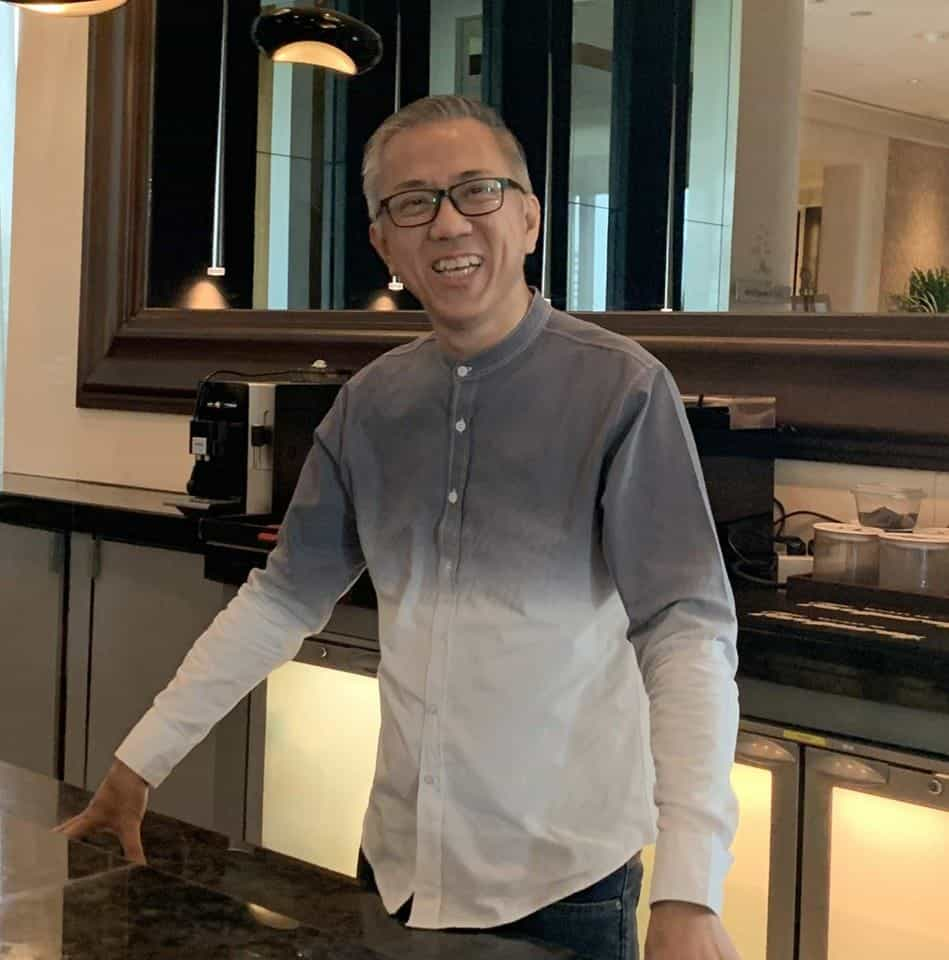
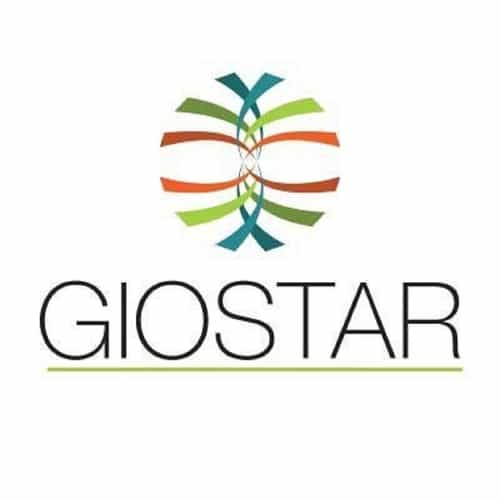
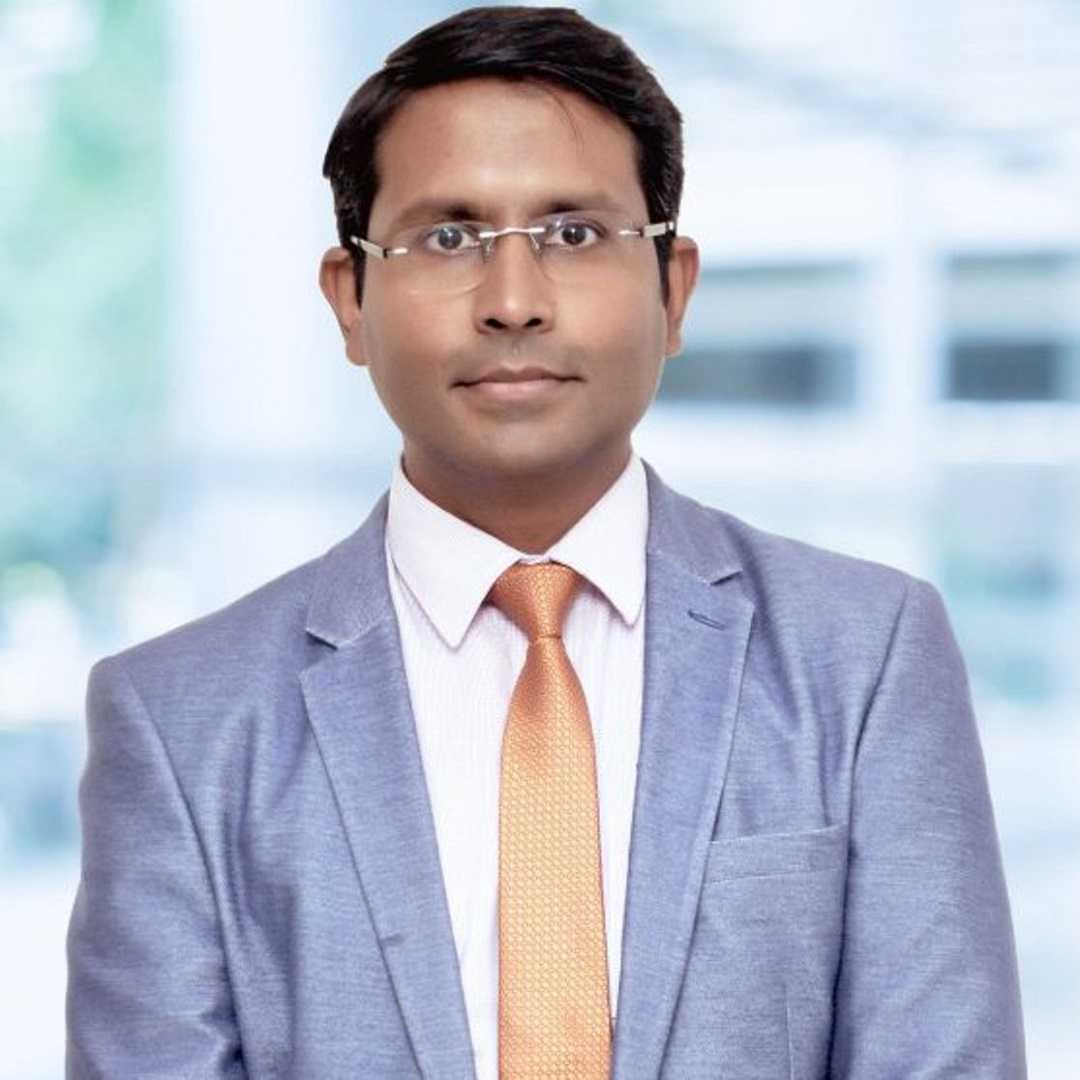



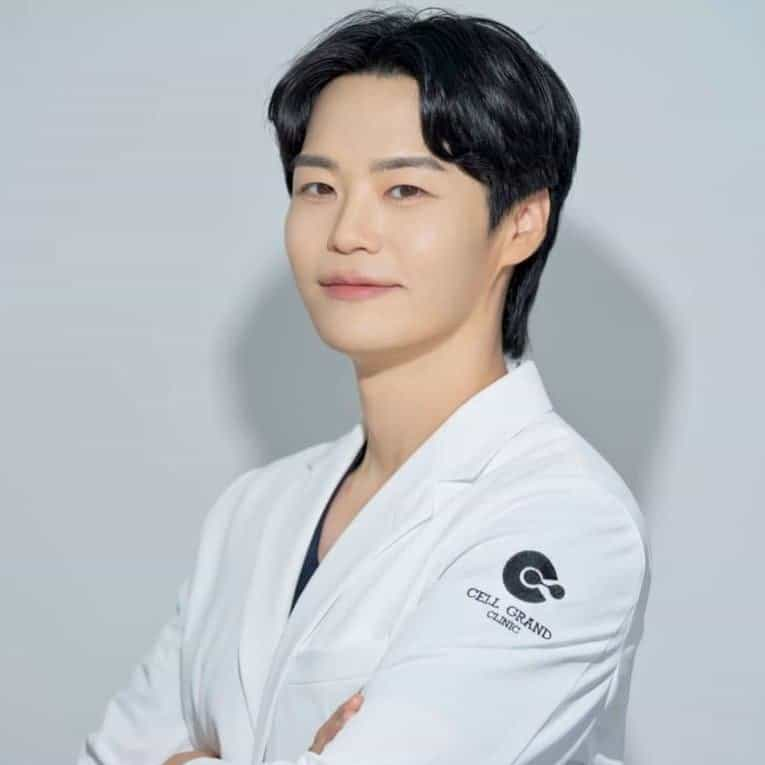

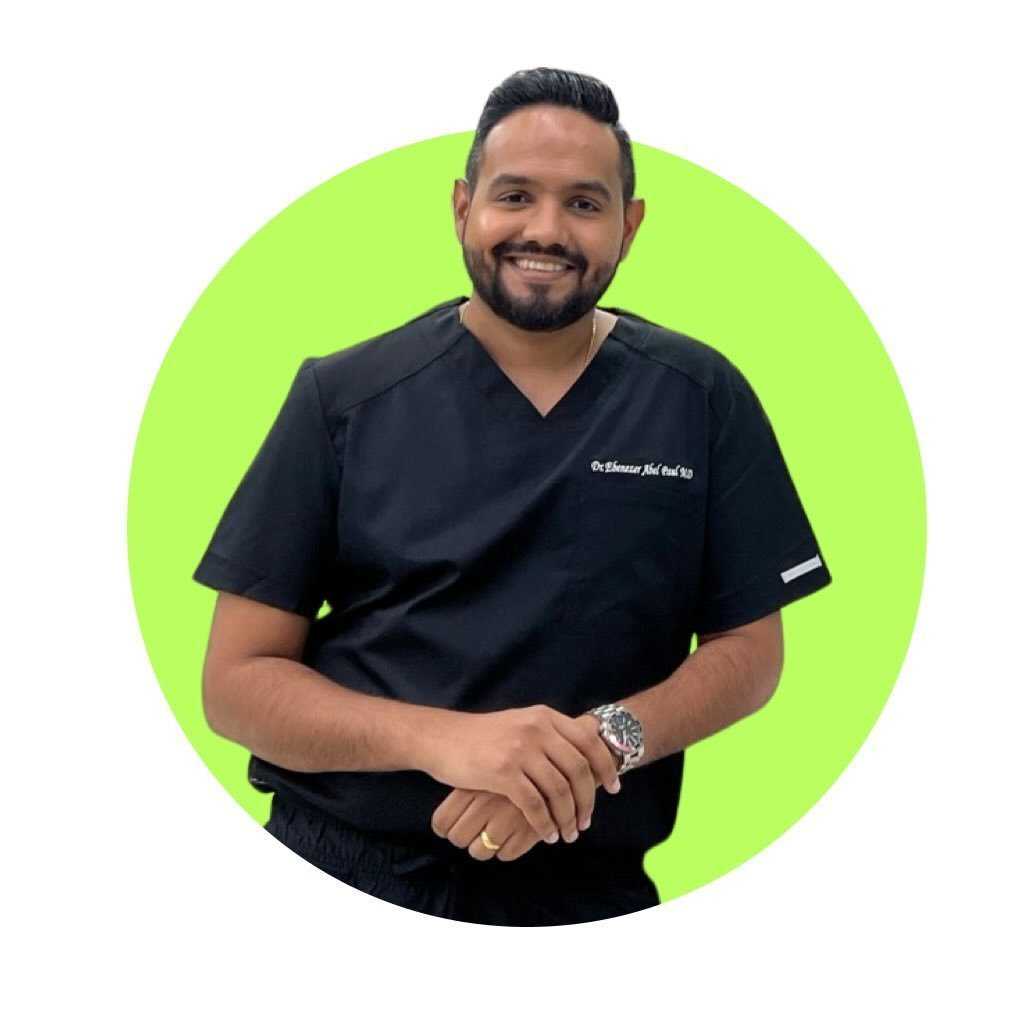

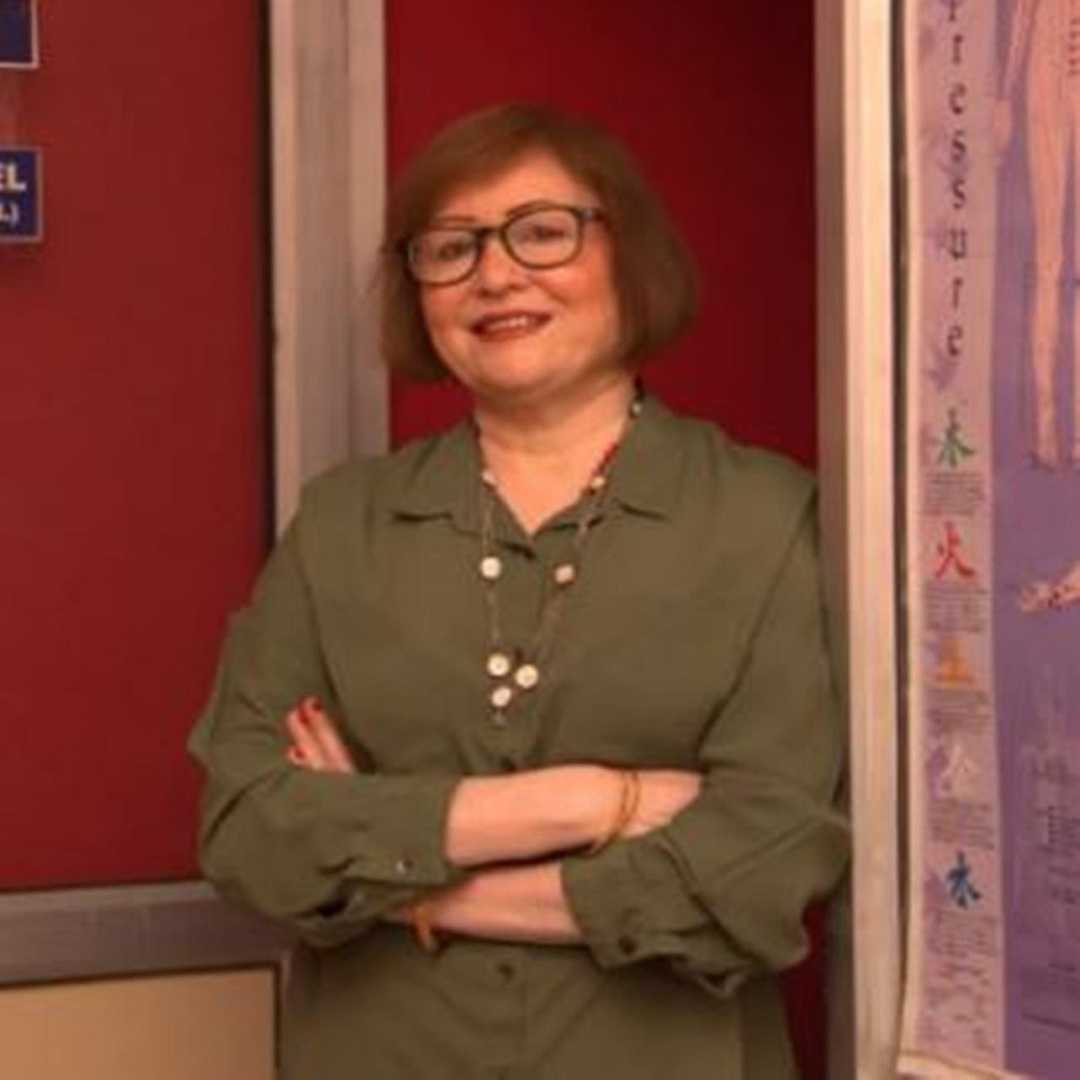
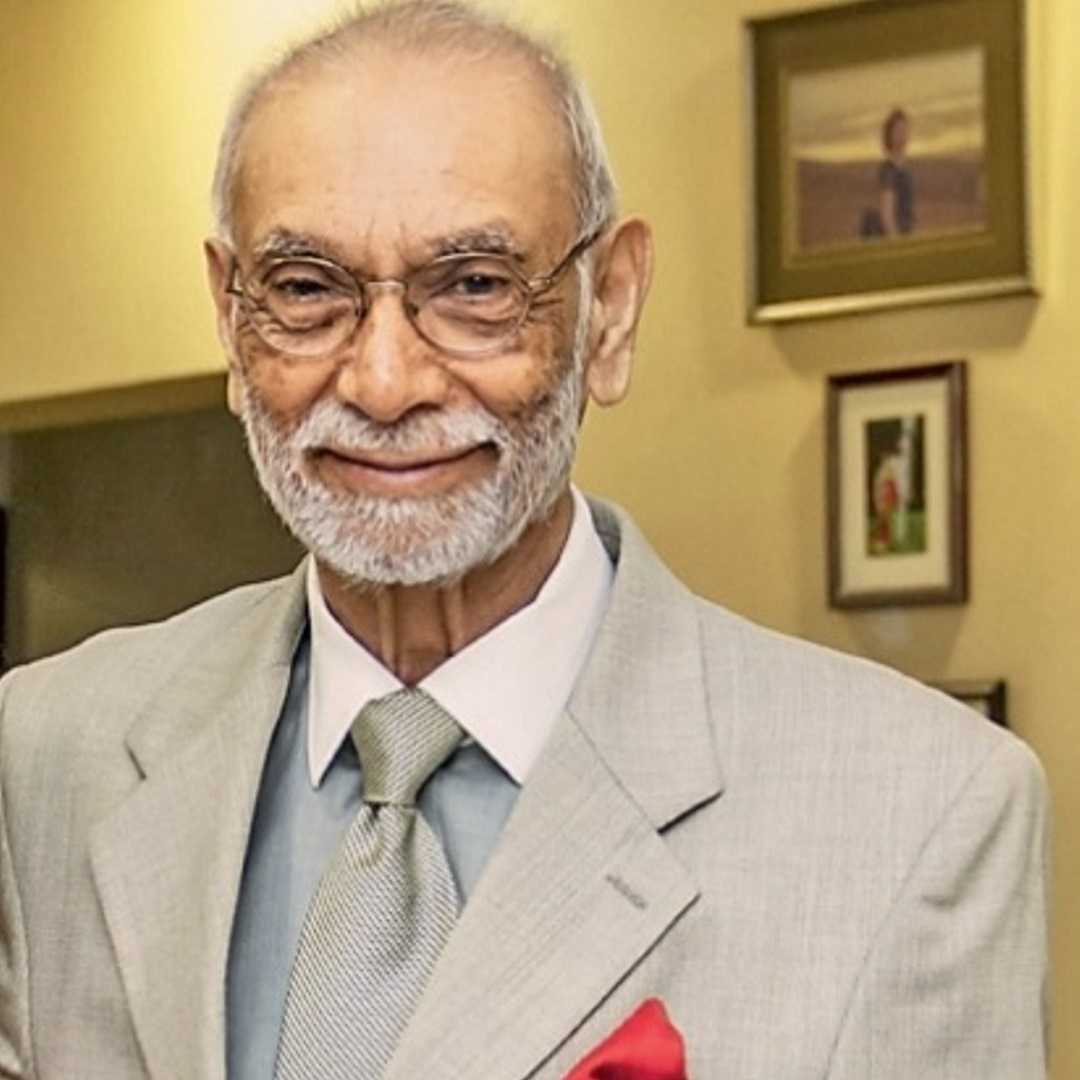
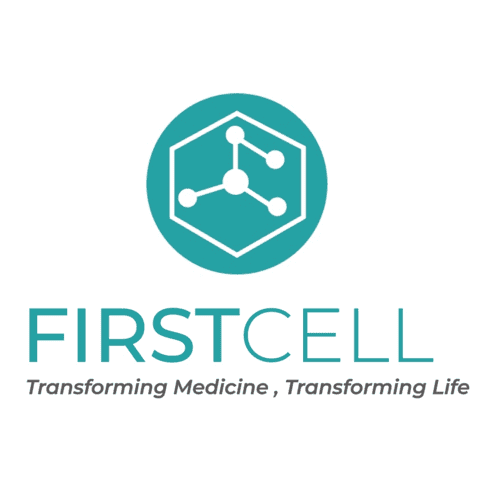
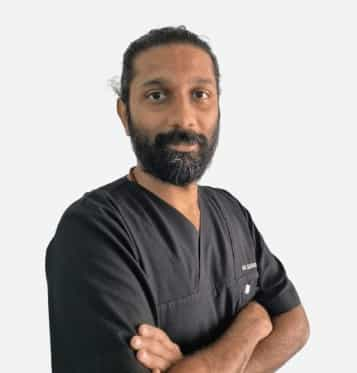
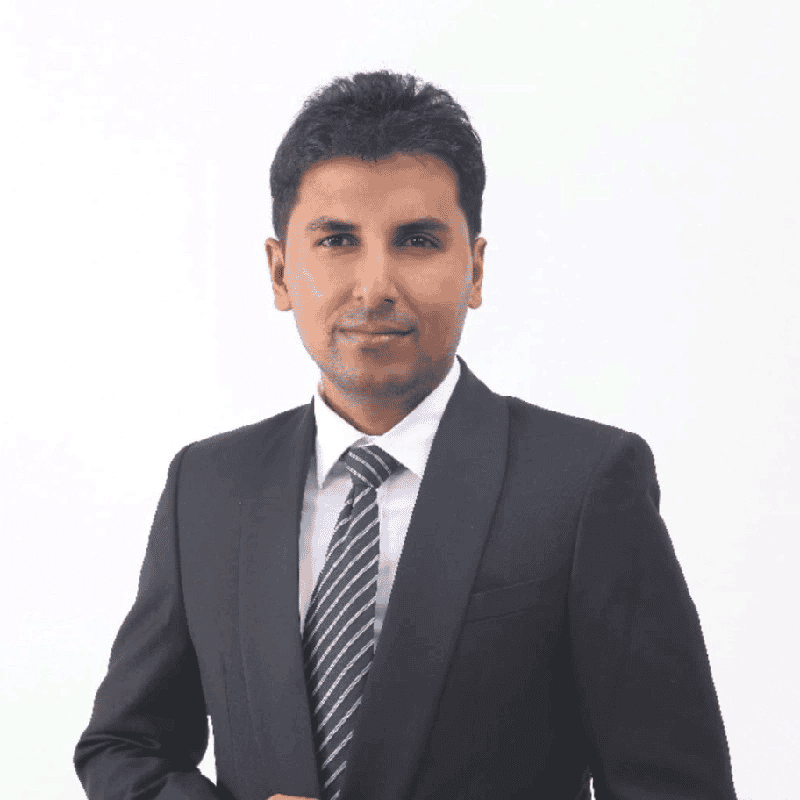
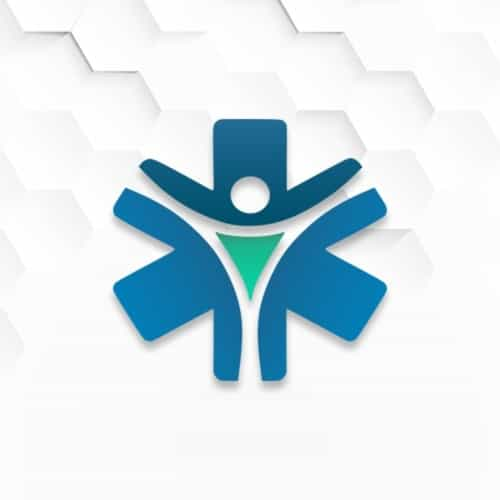

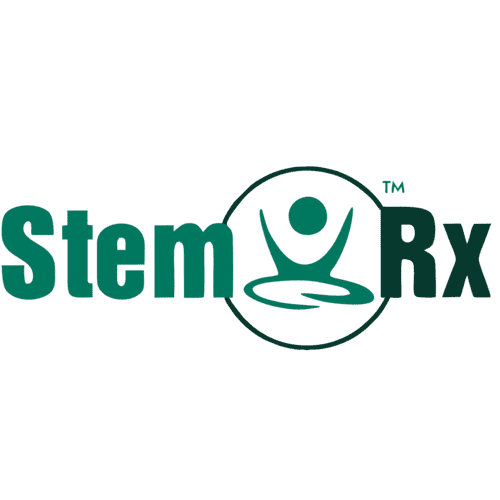




.png)

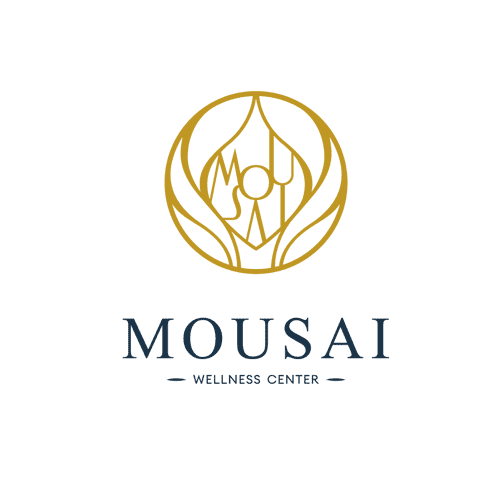
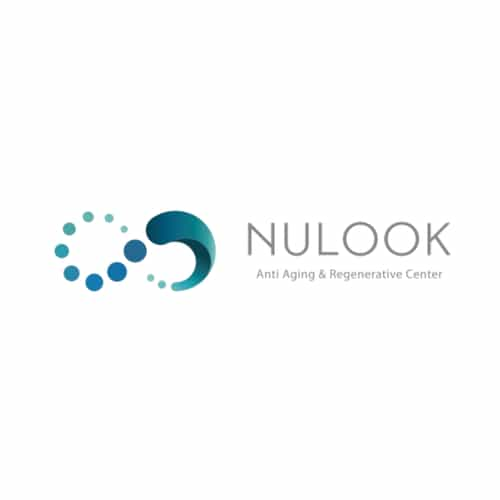


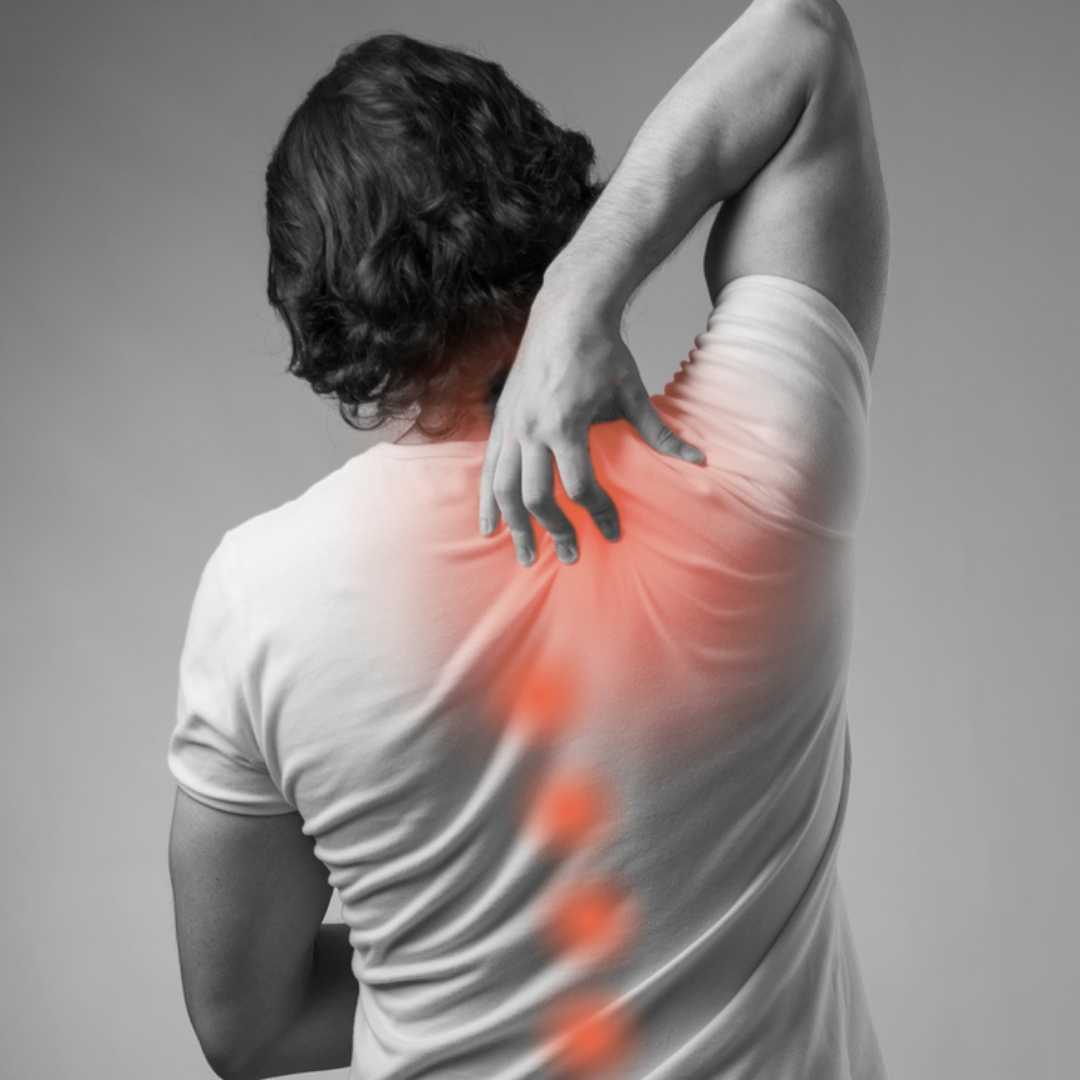


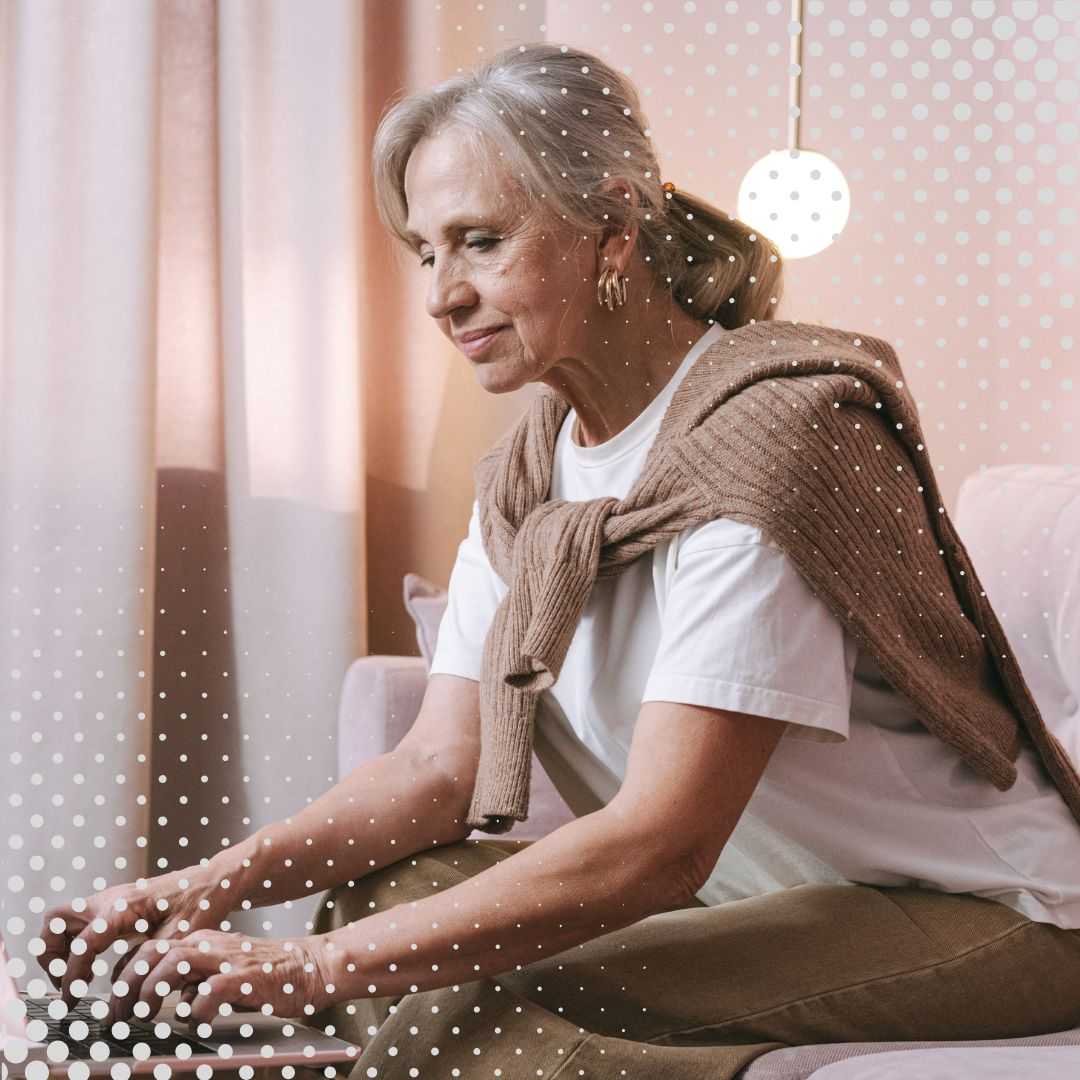
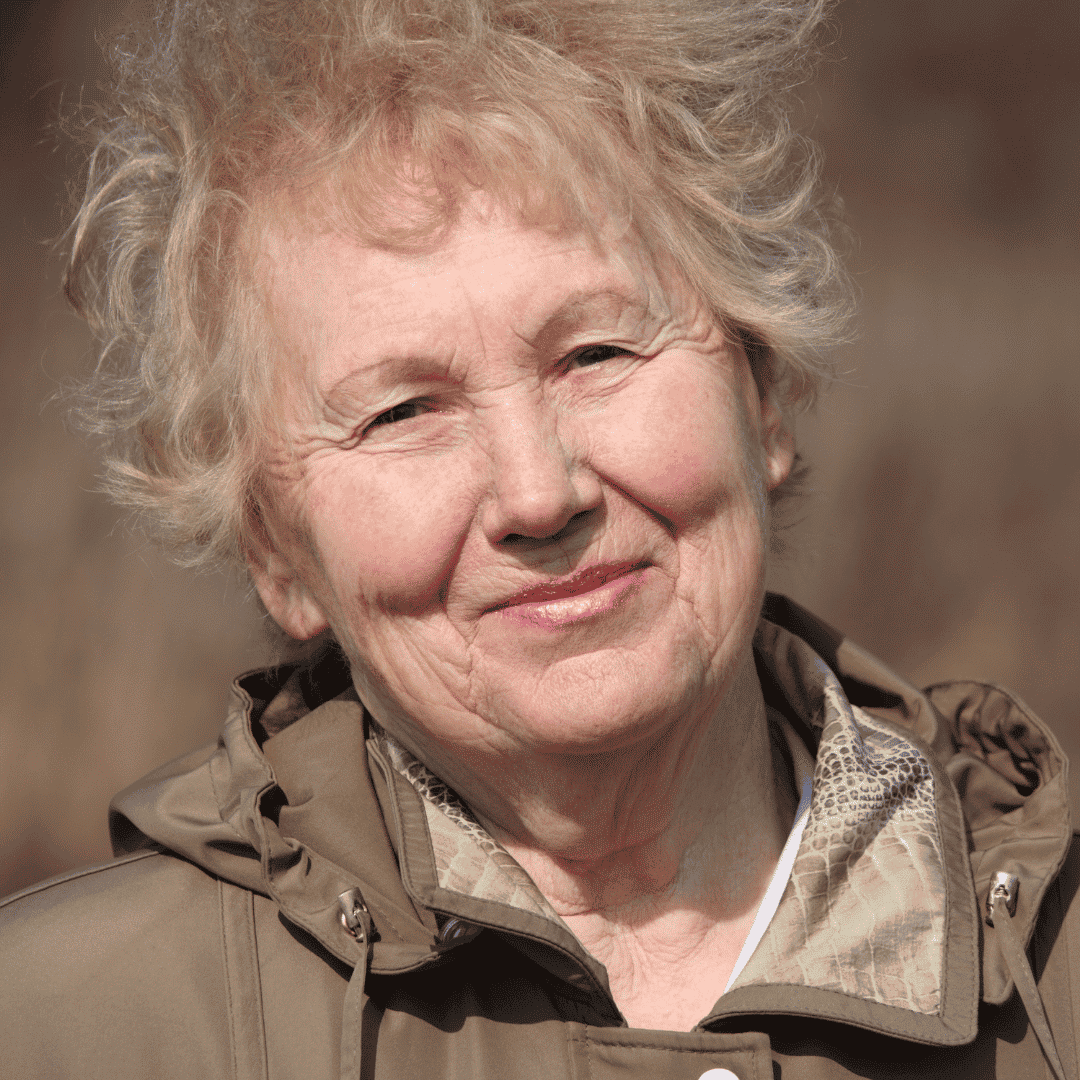

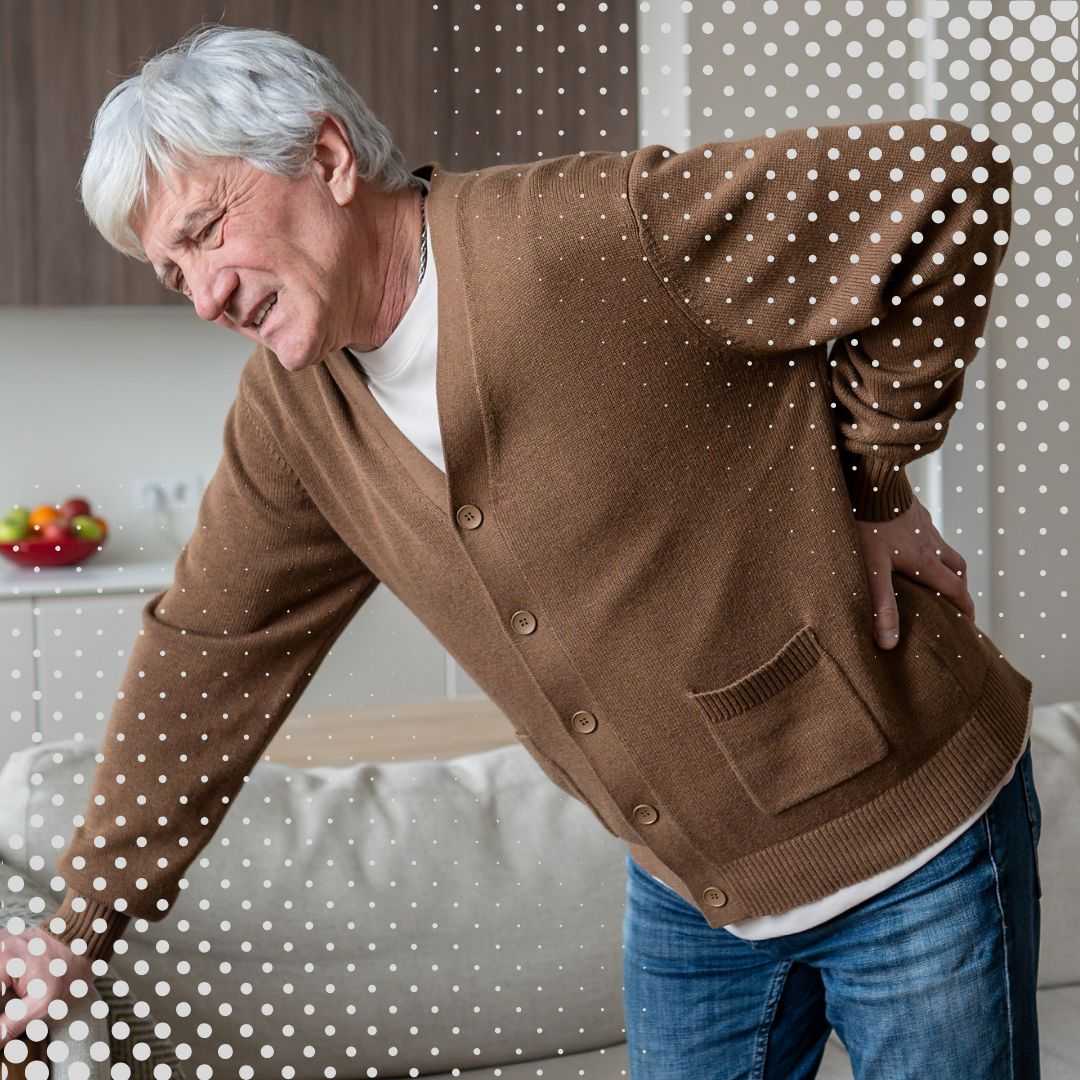

Was referred to this hospital by placidway consultant Vidya. Vidya was super helpful and knowledgeable and answered my questions. She arranged for a consultation at Beijing PUhua. I did not wait long and consulted with the doctors. The staff were helpful.
Read More